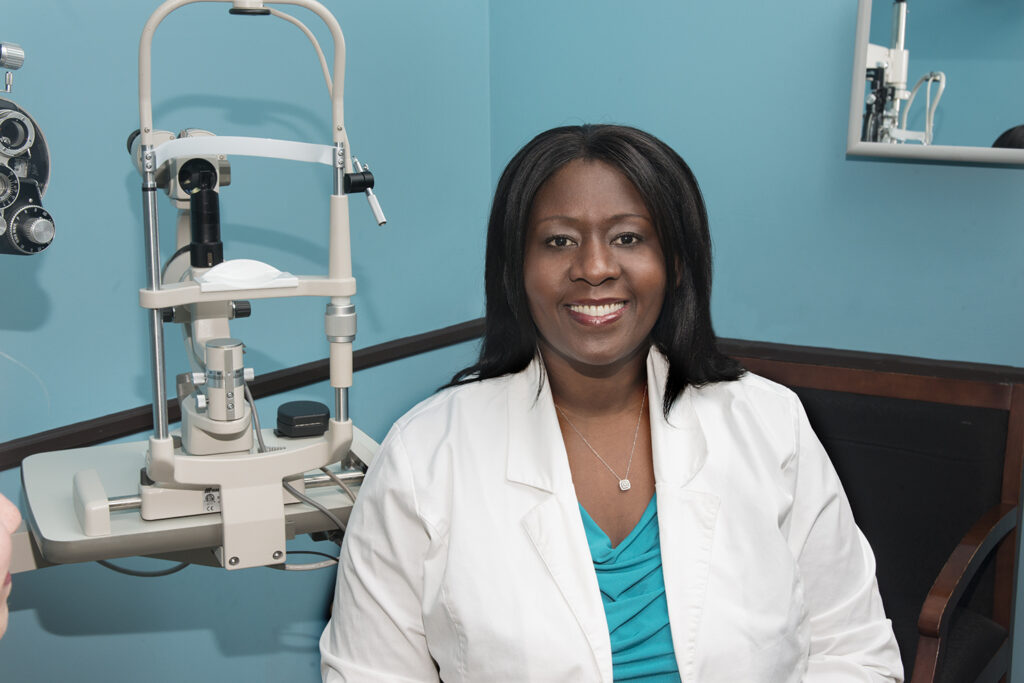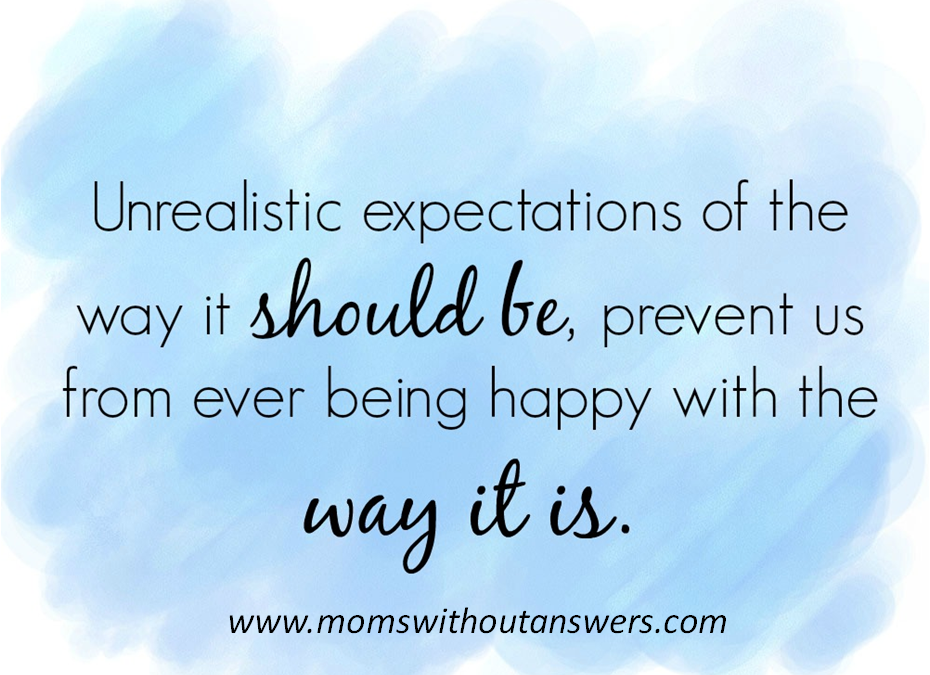Closing the Emotional Gap – How to Exceed the Patient’s Expectation!

For instance, research shows that:
- 74% of customers who have positive emotions advocate for a business, and 63% remain loyal.
- On the other hand, only 8% of customers with negative emotions will recommend a business, and a mere 13% will stay.
These numbers highlight the importance of emotional management in patient care.
The key to success is not about avoiding negative emotions entirely—that’s unrealistic. Instead, it’s about minimizing those negative feelings and ensuring that positive emotions far outweigh them.
The Optometrist’s Goal in the Patient Care Process
Your goal should be to make your patients feel cared for, safe, and valued. People won’t remember how much you know, but they will always remember how you made them feel. In creating a positive patient experience, your goal should be to minimize unwanted feelings like annoyance, disappointment, and frustration.
Top 3 Areas to Reduce Emotional Gaps and Exceed Patient Satisfaction
While emotional gaps can occur throughout the patient journey, the following three areas are among the most important to focus on:
1. The Practice Atmosphere
First impressions matter, and your practice environment plays a significant role in shaping them. According to a study by the Georgia Institute of Technology and Texas A&M University, design elements such as lighting, layout, and noise levels directly influence patient stress, healing, and satisfaction. You can access the study here: The Impact of Design on Health.
When patients enter your practice, they immediately react to their surroundings, engaging all five senses. Use this to your advantage by designing an environment that pleases the senses:
- Sight: Your practice’s color scheme can evoke certain emotions. Calming blues or energizing greens can make a big difference in how patients feel.
- Sound: Background music can enhance mood and reduce stress. Consider creating a playlist with uplifting tunes that can brighten the atmosphere.
- Smell: A subtle, pleasant scent can make patients feel more at ease. Read more about how smell influences retail experiences here.
- Touch: Encourage patients to physically interact with products—people are more likely to buy something they can hold.
- Taste: Offering refreshments, such as water or coffee, adds a layer of hospitality that can make patients feel cared for.
In my practice, we revamped our entire environment with these senses in mind. For example, after adding some soothing music and refreshing our waiting room with cool colors, we noticed patients seemed more relaxed and engaged, and they commented on the welcoming atmosphere.
2. Practice Culture
Your practice’s culture is its personality—”the way we do things around here.” It’s the vibe patients sense when they walk through your doors. Culture is shaped by everything from your team’s attitudes to the unspoken values that permeate the office.
A positive practice culture makes patients feel comfortable and valued. For instance, things like eye contact, a warm smile, and attentiveness are small but crucial details that influence the patient experience.
At one point, our practice was struggling with a lack of consistency in how we treated patients. We realized we had not fully communicated our core values to the team, and this was leading to a disjointed patient experience. We developed a clear set of values focused on care, empathy, and professionalism and trained our staff to uphold these principles in every patient interaction. The result? Patients noticed the difference, and our satisfaction scores went up.
If you want to see examples of core values that could transform your practice, check out our website.
3. The Emotional Intelligence (EQ) of the Team
Emotional intelligence (EQ) plays a huge role in patient satisfaction. As Harvard theorist Howard Gardner explains, EQ is the ability to understand and manage emotions, both your own and those of others. When your team has high EQ, they can recognize patients’ unspoken feelings and respond appropriately, improving the overall experience.
Here are the five major components of emotional intelligence:
- Self-Awareness: Recognizing your own emotions and how they affect others.
- Self-Regulation: Managing your emotions, particularly in stressful situations.
- Motivation: Maintaining a positive drive to achieve goals.
- Empathy: Understanding the emotions and perspectives of others.
- Social Skills: Building strong interpersonal relationships.
For example, one of our front-desk staff had a habit of becoming defensive when patients were frustrated. After training in emotional intelligence, she learned how to remain calm, acknowledge the patient’s emotions, and offer solutions. This led to fewer escalated issues and more satisfied patients.
In healthcare, where personal interactions can significantly impact outcomes, it’s essential to cultivate emotional intelligence (EQ). This allows us to better understand, empathize with, and negotiate with others—especially as our industry becomes more digitized and personal connections less direct. Without strong EQ, no matter how technically skilled we are, we risk falling short in our careers, missing opportunities to connect meaningfully with patients, and ultimately hindering our success in both professional and personal lives.
To delve deeper into the psychology of success and the essential role of emotional intelligence (EQ), there are several valuable resources you can explore:
- Emotional Intelligence and Success: Emotional intelligence is a key factor in overall well-being, influencing everything from mental health to professional outcomes. Learn more about how EQ contributes to success in this comprehensive guide: Emotional Intelligence and Success.
- Research on EQ and Psychological Well-being: A study published in BMC Psychology highlights the link between emotional intelligence and psychological well-being. This research shows how EQ is tied to factors like self-efficacy, motivation, and resilience. Explore the full study here: Emotional Intelligence and Psychological Well-being.
- The Psychology of Success: What really drives success? Psychology Today breaks down the mindsets, behaviors, and emotional intelligence factors that contribute to success in both personal and professional life. Learn more about this in the article: The Psychology of Success.
- Mindset: The New Psychology of Success: In her influential book, Mindset: The New Psychology of Success, Carol Dweck explores how a growth mindset—focused on learning and development—can lead to higher achievement. You can purchase and read more about it here: Mindset by Carol Dweck.
- Daniel Goleman’s Emotional Intelligence Theory: Daniel Goleman outlines five core components of emotional intelligence—self-awareness, self-regulation, motivation, empathy, and social skills—which are crucial for effective leadership and personal growth. Learn more about his theory in this insightful article: Daniel Goleman’s Emotional Intelligence Theory.
Understanding and developing your EQ is critical to achieving sustained success in today’s evolving world, both professionally and personally.
Closing the Emotional Gaps in Patient Experience
As competition in the eye care field intensifies, offering great products and services alone is no longer enough. Patient experience is the new battleground, and emotions are your weapon of choice. By identifying and closing the emotional gaps in your patients’ journey, you strengthen their loyalty and your practice’s reputation.
Ready to Take Your Practice to the Next Level?
If you’re ready to take control of your practice’s culture, enhance patient experience, and improve satisfaction, sign up for our CEO of YOU® Business Coaching Program. You’ll gain access to strategies, tools, and personalized coaching designed to help you close the emotional gaps and create a patient experience that keeps them coming back for more.
Click here to sign up and start transforming your practice today!
Stay tuned for our next article where we’ll explore the difference between patient experience and patient expectation. If you missed the first article in this series, you can read it HERE. Don’t forget to add your friends to the OptometryDivas.com community and leave your comments below!






Responses